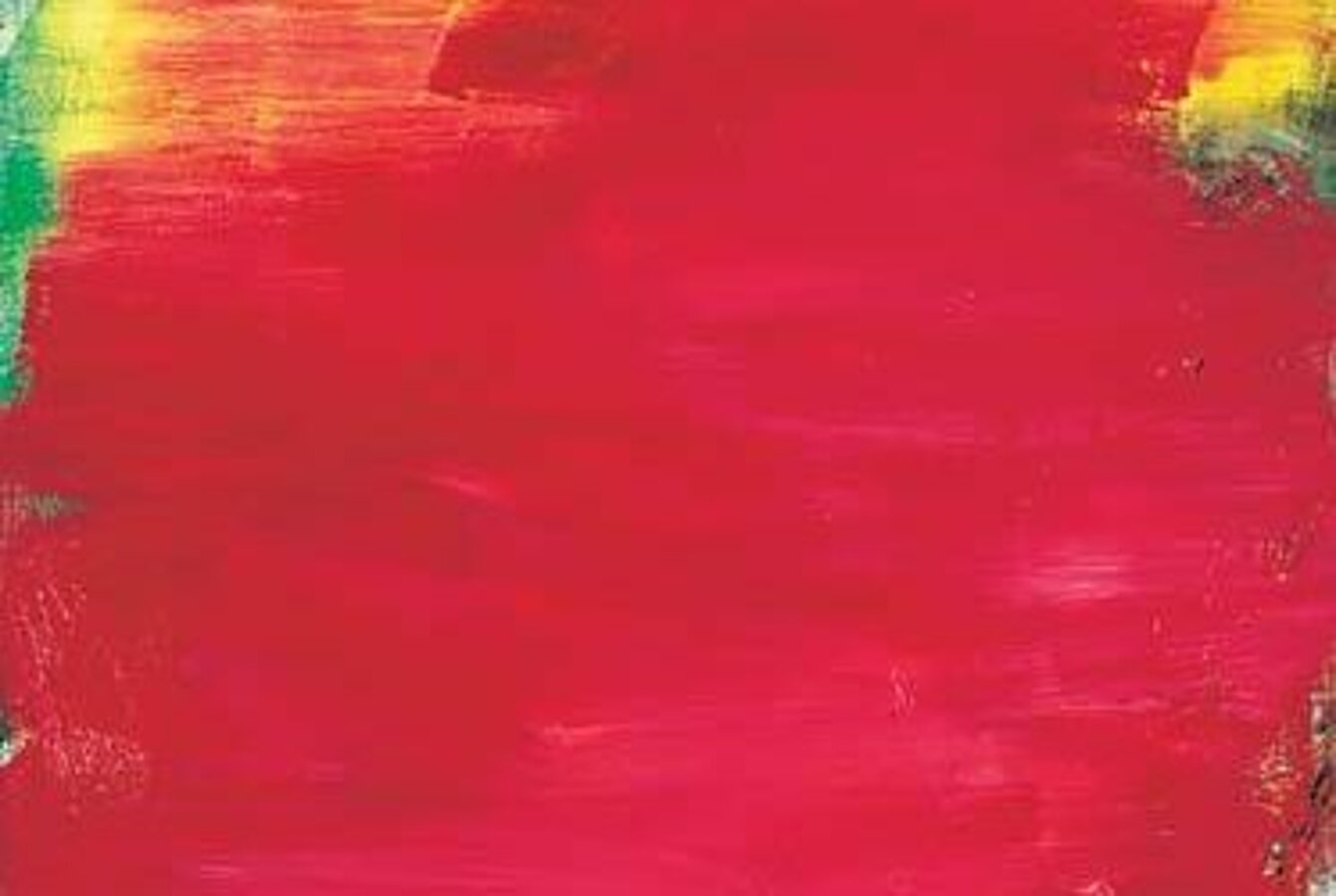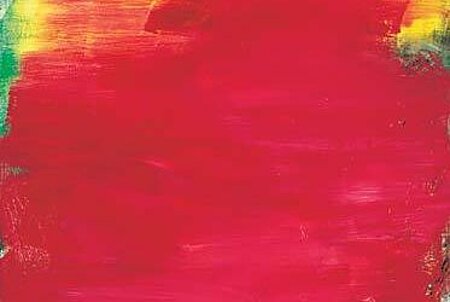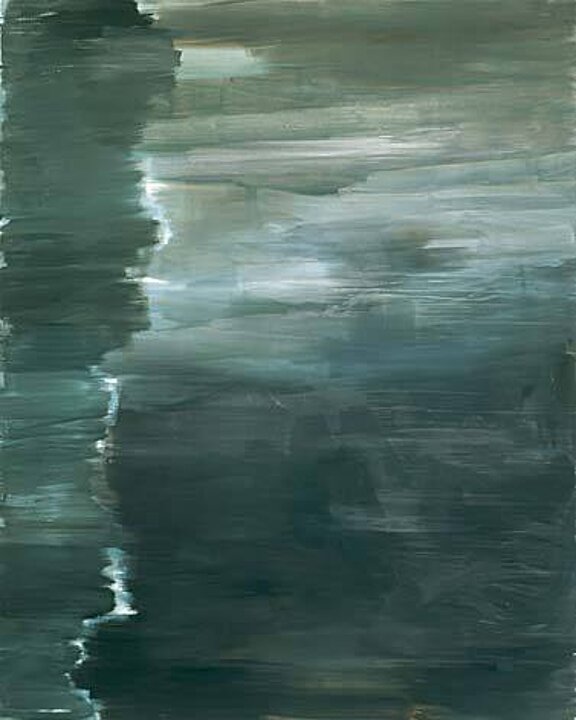Painting, as the most central discipline in the fine arts, has often been declared dead and then revived. In the 1980's it was drawn from the ashes like a phoenix, by producers and recipients alike, not least as a reaction to a kind of concept art that had turned rather academic.
“Transavanguardia”, “Neue Wilde”, “Neue Malerei” were the terms by which the new developments in painting were described internationally. Herbert Brandl, together with painters such as Schmalix, Anzinger, Mosbacher, was placed in this category. But to consider Herbert Brandl's work only from an historical point of view with reference to the theoretical aspects of the 1980's would be wrong and would touch upon this comprehensive work only marginally. One must instead direct one's interest at the possibilities provided by painting, or indeed the visual in general. Even if Brandl's painting does strongly refer to its origin, the landscape, it is still rather metalingual painting, making reference to historical painting, both abstract and concrete. Without leaving the rules, he moves freely within them, looking for opportunities, considering also failure; can one still paint, what could one paint? In his mountain pictures, the latest series of works, he very clearly illustrates this problem area. In these pictures, the enthusiastic hiker passing through nature oscillates between what is visible and what is felt, fleeing from romanticism. Emile Zola makes in his “Belly of Paris” (1873) an artist despair in the face of the abundance of food and delicacies presented in the market halls. “.... it is difficult, it is too beautiful, these damned vegetables and the fruit and fish...!” Brandl places his painting exactly in the area that conventional visual perception would no longer reach, but where the visual experience still exists. Has the demand for decoration, created by a middle-class that hangs art by both Turner and Pollock to “dry out” on the walls, left us any real chance to make panel paintings? Herbert Brandl has without doubt found possibilities to portray and at the same time portray the act of portrayal.
Günther Holler-Schuster
Discover the
Universalmuseum Joanneum
Graz
Styria
Closed

More than 85 animal species from all continents live in the Herberstein Animal World.
Universalmuseum
Joanneum
Back to Universalmuseum Joanneum
Neue Galerie Graz > Our programme > Exhibitions > HERBERT BRANDL
HERBERT BRANDL
A Survey (Part 2)


Image Credits
Duration
15.06. - 25.08.2002
Opening
Freitag, 14. Juni 2002, 19 Uhr
Location
Neue Galerie Graz
Curators
Günther Holler-Schuster, Peter Weibel
Show all
About the
Exhibition
Part 2

Image Credits


















